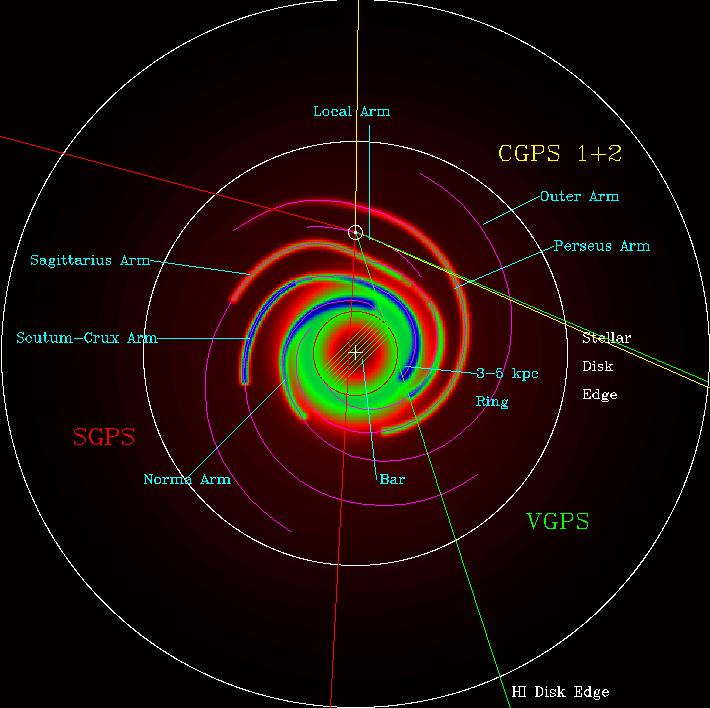

The astronomers tracked the Cepheids using the Warsaw Telescope located in the Chilean Andes. They are relatively young - younger than 400 million years - so we can find them near their birthplaces.”Īlso read | It's a Chinese rocket, not one from SpaceX that will crash on Moon, says astronomer “Cepheid variables are bright supergiant stars and they are 100 to 10,000 times more luminous than the sun, so we can detect them on the outskirts of our galaxy. “Cepheids are ideal to study the Milky Way for several reasons,” added University of Warsaw astronomer and study co-author Dorota Skowron. The new map was formulated using precise measurements of the distance from the sun to 2,400 stars called “Cepheid variables” scattered throughout the galaxy. Until now, the understanding of the galaxy’s shape had been based upon indirect measurements of celestial landmarks within the Milky Way and inferences from structures observed in other galaxies populating the universe. The researchers have unveiled a three-dimensional map of the Milky Way - home to more than 100 billion stars including our sun - providing a comprehensive chart of its structure: a stellar disk comprised of four major spiral arms and a bar-shaped core region.Īlso see | Why has space business has become the final profitable frontier? "With such a wealth of information, we will be able to explore the 'temporal' aspect of galactic archeology by building an understanding of the 'chronological' merging history of the Milky Way."
GALACTIC DISK MAP FULL
"Thus, our study contributes to the initial steps of unraveling the full hierarchical build-up of our galaxy, and also understanding the origin of the globular clusters and stellar streams of the Milky Way halo." "The dynamical atlas of the Milky Way mergers that we present here provides a global view of the galaxy formation in action," the researchers write in their paper.


 0 kommentar(er)
0 kommentar(er)
